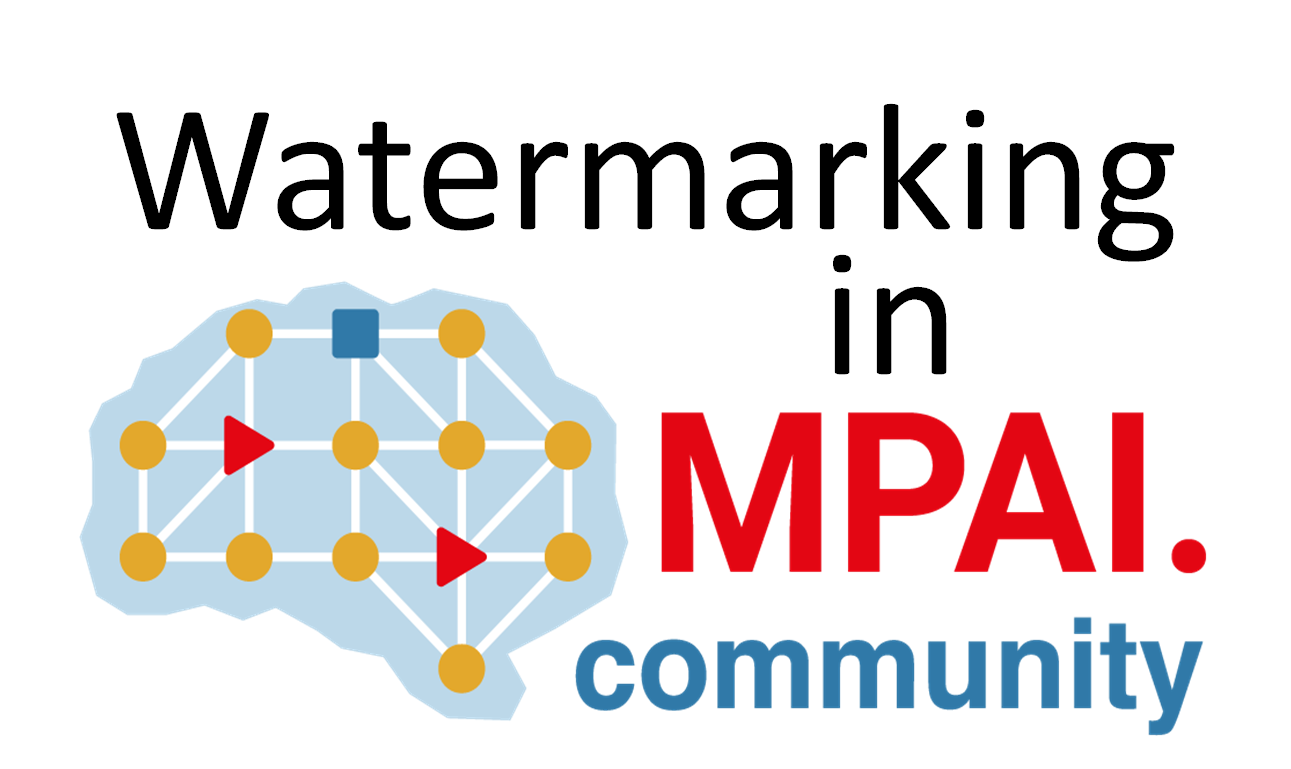The term watermarking comprises a family of methodological and application tools used to insert data into a content item in a way that is as imperceptible and persistent as possible. Watermarking is used for different purposes such as to enable an entity to claim ownership of a content item or a device to use it.
As a neural network is a type of content – and one that may be quite expensive to develop – does it make sense to apply the watermarking approach to content to neural networks?
MPAI thinks it does and is working to develop requirements for a Neural Network Watermarking (NNW) standard called MPAI-NNW that will enable a watermarking technology provider to validate their products’ claims. The standard will provide the means to measure, for a given size of the watermarking payload, the ability of:
- The watermark inserter to inject a payload without affecting the performance of the neural network. This item requires, for a given application domain:
- A testing dataset to be used for the watermarked and unwatermarked neural network.
- An evaluation methodology to assess any change of the performance induced by the watermark.
- The watermark detector to recognise the presence of the inserted watermark when applied to a watermarked network that has been modified (e.g., by transfer learning or pruning) or to any of the inferences of the modified model. This item requires, for a given application domain:
- A list of potential modification types expected to be applied to the watermarked neural network as well as of their ranges (e.g., random pruning at 25%).
- Performance criteria for the watermark detector (e.g., relative numbers of missed detections and false alarms).
- The watermark decoder to successfully retrieve the payload when applied to a watermarked network that has been modified (e.g., by transfer learning or pruning) or to any of the inferences of the modified model. This item requires, for a given application domain:
- A list of potential modification types expected to be applied to the watermarked neural network as well as of their ranges (e.g., random pruning at 25%).
- Performance criteria for the watermark decoder (e.g., 100% or (100-α)% recovery).
- The watermark inserter to inject a payload at a low computational cost, e.g., execution time on a given processing environment.
- The watermark detector/decoder to detect/decode a payload from a watermarked model or from any of its inferences, at a low computational cost, e.g., execution time on a given processing environment.
You can read the MPAI-NNW Use cases & functional requirements WD 0.2.
The work of developing requirements for the MPAI-NNW standard is ongoing. In this phase of the work, participation is open to non members. Contact the MPAI Secretariat if you wish to join the MPAI-NNW online meetings.


